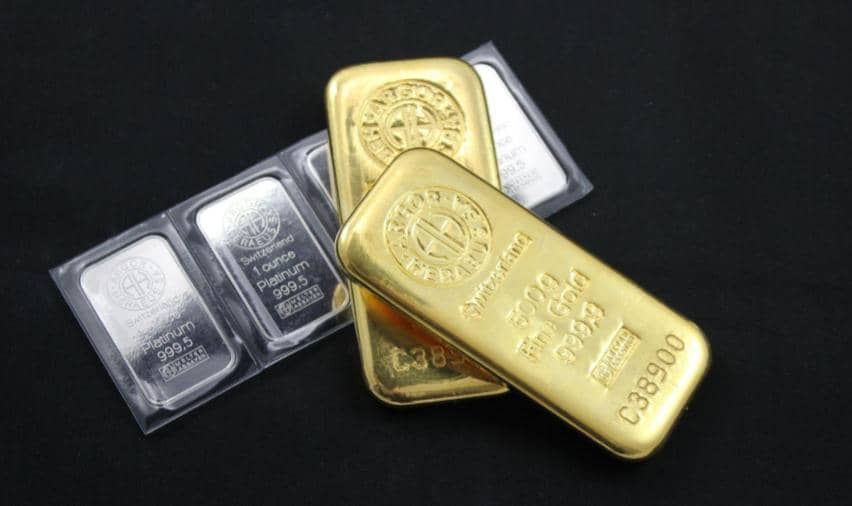How to invest in CTA strategies? The ABC of CTAs

2 FEB, 2023
By RankiaPro Europe

By iM Global Partner
As investors are once again interested in how to invest in CTA strategies. That is, managed futures strategies, many are likely wondering what all the fuss is about and, more importantly, what are they?
Investor interest in managed futures funds spiked significantly in 2022. Back then, volatility in equity and fixed-income markets drove the search for alternative strategies with low correlation to traditional asset classes. After more than a decade of loose monetary policy that drove asset prices higher, rising inflation and rising interest rates in a post-stagnation period brought the era of strong returns in those assets to an end.
With market volatility creeping back into the picture, many investors turned to hedge funds, and more specifically to Commodity Trading Advisors (CTAs), in search of alternative strategies that could generate positive returns in turbulent times.
What are CTA strategies?
There can be a lot of confusion about what CTAs do and their relationship to managed futures.
Commodity Trading Advisors or CTAs are funds that seek to generate positive returns from movements in the global equity, fixed-income, commodity, and currency markets. To do so, they buy and sell futures contracts, options on futures, and off-exchange currency contracts or swaps. Although they are known as Commodity Trading Advisors (or the literal translation commodity trading advisors), this is simply a quirk of history which we will explain later.
Managed futures, on the other hand, is an investment strategy in which a professional manager puts together a diversified portfolio of futures contracts.
So, in short, managed futures describes the product, while CTA describes the person or firm that manages it.
How do CTA strategies work?
Managed futures funds take both long and short positions in futures contracts linked to stocks, bonds, commodities, and currencies. This allows them to potentially make money even when markets fall, as long as there is a clear trend they can follow.
This is one reason why managed futures funds were so popular in 2022. When equity and bond markets fell, managed futures played their intended role: to act differently from the broader traditional markets and offer an alternative to traditional 60/40 equity and bond portfolios.
In short, they worked well as diversifiers during a market downturn, something managed futures funds have accomplished during previous market downturns.
The first chart below shows how these funds were protected during the Dotcom crash in 2002, the Great Financial Crisis of 2008, and during the Covid-19 pandemic in 2020. In general, they experienced much more limited downturns and earned better returns than the equity markets during these periods.
During the dot-com bust and the Great Financial Crisis, these strategies earned positive returns; as, in aggregate, they were short equities, as shown in the second chart. During the March 2020 crash, managed futures funds were mostly long U.S. Treasuries and gold, and short crude oil, offsetting the negative impact of their long-time bias in equities. Since managed futures can be positioned long and short in a wide range of asset classes depending on macroeconomic regimes or market trends, they have - over the long term - a low correlation to traditional capital markets and have the ability to move higher whatever the performance of those asset classes.

A bit of history…
Investors have been trading futures in the U.S. since the 1850s for agricultural commodities. Their development was closely tied to the Midwest grain market. When farmers traded grain to limit price volatility by selling options on grain prices, traders created the Chicago Board of Trade (CBOT) in 1848, which soon after began trading grain, livestock, eggs, and other commodities.
However, CTAs are a more recent phenomenon. The first hedge fund was launched in the 1950s and the U.S. Commodity Futures Trading Commission (CFTC) was created in 1974 under the Commodity Futures Trading Commission Act. This regulation gave rise to a new group of money managers that included CTAs, whose strategies became known as managed futures funds.
These funds grew throughout the 1970s. At that time, most trading was in futures contracts on agricultural commodities - hence the name commodity trading advisors - but eventually, exchanges began to introduce futures contracts on other asset classes and instruments, such as currencies and bonds. It was in the 1980s that the managed futures market really took off and more non-commodity futures began to be offered. Today, managed futures is an industry valued at about $400 billion, according to BarclayHedge (as of Q3 2022).
CTA Risks
Many people assume that hedge fund strategies are risky. Certainly, in some cases, they can be, but Dynamic Beta Investments' (iM Global Partner) managed futures strategy, is not only a valuable tool for diversification during the downturn in bond and equity markets, but it has also delivered risk-adjusted performance. The chart below shows how the strategy and the SG CTA Index (which it tracks closely) have performed since July 2016 compared to the standard deviation.
As the chart shows, the Dynamic Beta (DBi) investment strategy has posted superior risk-adjusted returns compared to the SG CTA Index, as well as some other major asset classes, since inception. The strategy also charges a competitive fee, in addition to having no performance fee, compared to the SG CTA Index constituents, which was an important factor that helped it stay ahead of the index. It also has an average beta of zero relatives to equities, which reinforces the diversification characteristics of managed futures.

Is it a good time to invest in CTA strategies?
The figures show that 2022 was a great year for managed futures funds. Unfortunately, many investors were not exposed to these strategies and missed out on both their diversification benefits and positive returns.
In recent years, both equities and bonds experienced strong bull markets and, during those times, many investors forgot the importance of the "insurance" that "managed futures" can offer.
As Andrew Beer of Dynamic Beta investments (iM Global Partner) says, having managed futures is like having hurricane insurance. You may think hurricanes are rare, but you will certainly be glad to have insurance when one hits.
Whether or not these funds will rise strongly in 2023 is an unknown, but that's no reason to hold them in a portfolio. Investors should learn the lesson of 2022, and that is that it is important to build strong portfolios that are able to absorb the inevitable shocks that arise in the markets.
Since managed futures funds focus on identifying key trends, however illogical they may seem at first, it is clear that they offer attractive diversification benefits in times of market volatility.
Related articles
 What are the perspectives for commodities? What is the global impact of them?
What are the perspectives for commodities? What is the global impact of them?By Marco Mencini

